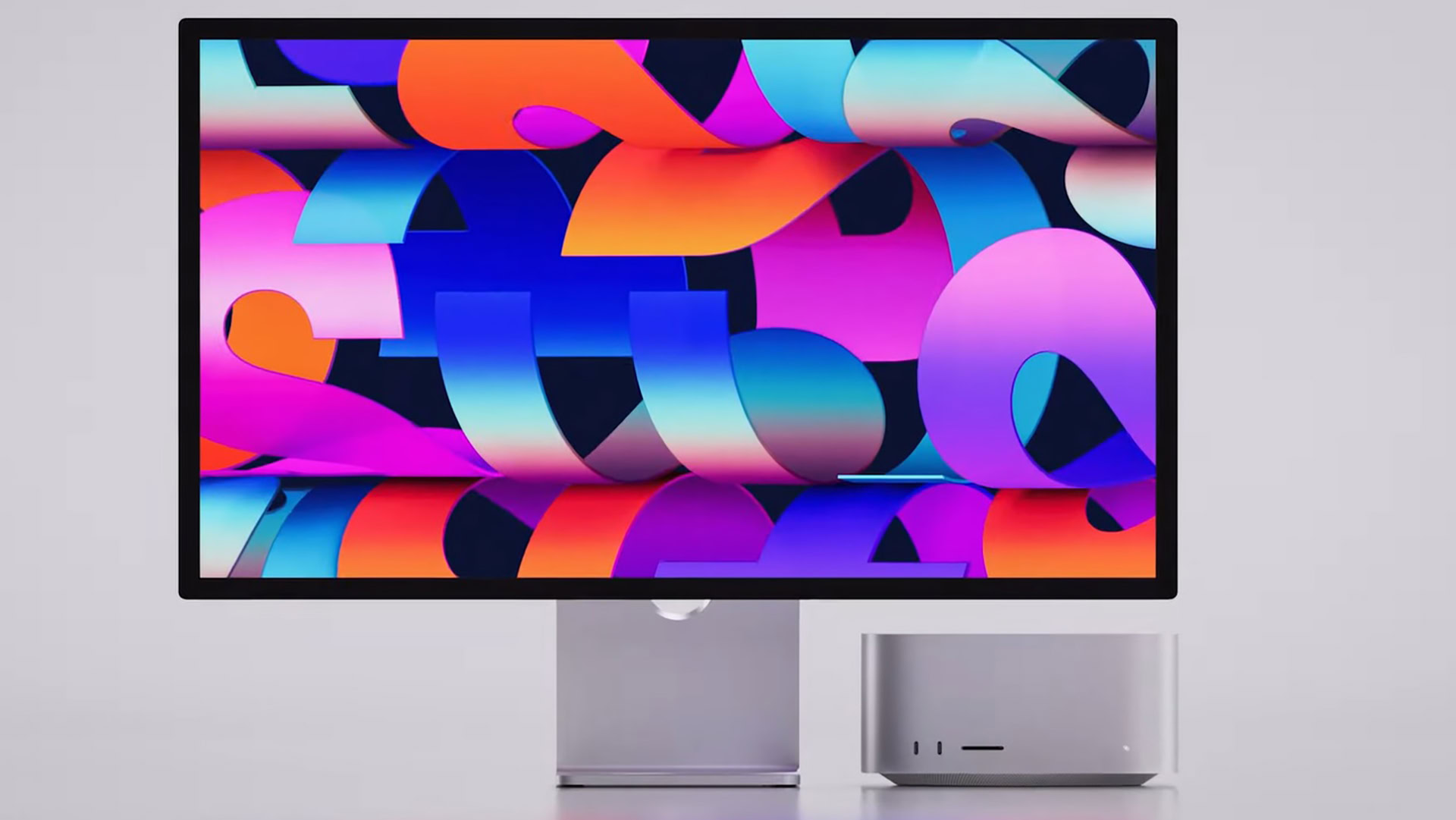Affiliate links on Android Authority may earn us a commission. Learn more.
How to change the name of your Mac or MacBook
Published onAugust 21, 2023
While it might initially seem cosmetic, people who’ve been in the Apple ecosystem long enough know that it’s important to give your MacBook (or any other Mac) a distinct nickname in macOS. It makes it easier to identify a machine for things like AirDrops, device backups, and configuring Wi-Fi. Whatever your reasoning, here’s how to change the device name of your Mac.
QUICK ANSWER
To change the name of your Mac:
- Open the Apple menu and click System Settings.
- Click General in the sidebar.
- In the right-hand pane, click on About.
- Within the Name field, type in the name you want.
How to change the name of your Mac or MacBook

For the most users, the process is going to be extremely simple. There’s another level of complexity some users may need to tackle, but let’s start with an ordinary name change:
- Open the Apple menu and select System Settings.
- Click General in the sidebar.
- In the right-hand pane, scroll down (if necessary) and click on About.
- Within the Name field, type in the name you want.
When choosing a name, it’s important to strike a balance between convenience, specificity, and (if you care about it) cleverness. While something like “Roger’s MacBook” might be good enough in most cases, it can be a little vague if you have multiple MacBooks or know other Mac owners named Roger. Conversely, “Roger F’s 2023 MacBook Pro 16” might be needlessly long and cumbersome. Some people like to name computers after famous people and places, but of course that means remembering that “Camus” is your Mac, and not say your iPhone or some other device.
Apple notes that if you accidentally give your Mac the same name as another device on your local network, it’ll have a number added.
Changing your Mac’s local hostname
If necessary, you can change your Mac’s local hostname. This is the name that appears at the bottom of the Sharing settings window, and identifies a Mac to Bonjour-compatible discovery services. If none of that has any meaning to you, chances are you won’t need to bother.
By default, a Mac’s local hostname is its regular name with .local added and any spaces replaced by hyphens. macOS ignores capitalization. Here’s what to do if you want to change your Mac’s hostname:
- Open the Apple menu and click System Settings.
- Choose General in the sidebar, then Sharing in the right-hand pane.
- In the Local hostname section, click Edit then type in your new hostname.
- Optionally, you can toggle Use dynamic global hostname. This lets your Mac have a global DNS hostname that computers outside your local network can find, but only if your internet service provider (ISP) supports secure dynamic DNS updates.
- Whenever you’re done, click OK.
It’s possible that the hostname you choose won’t be compatible with Bonjour. If that happens, your hostname will revert to Macintosh.local, which should obviously be changed as soon as possible to avoid confusion.